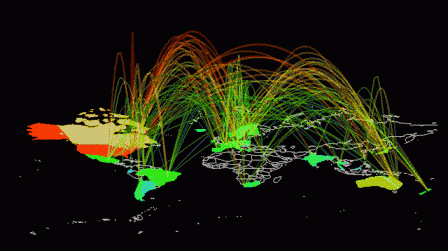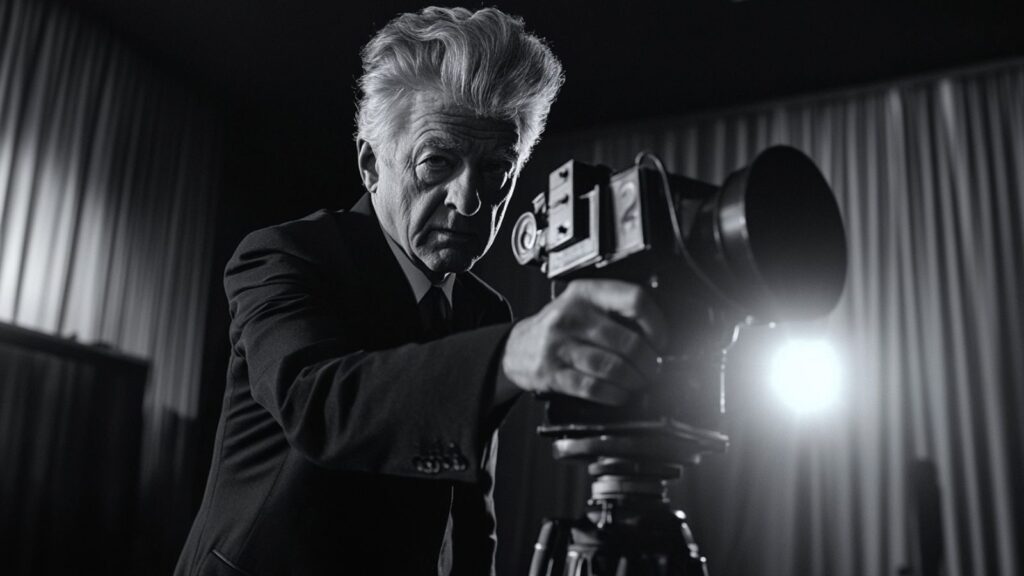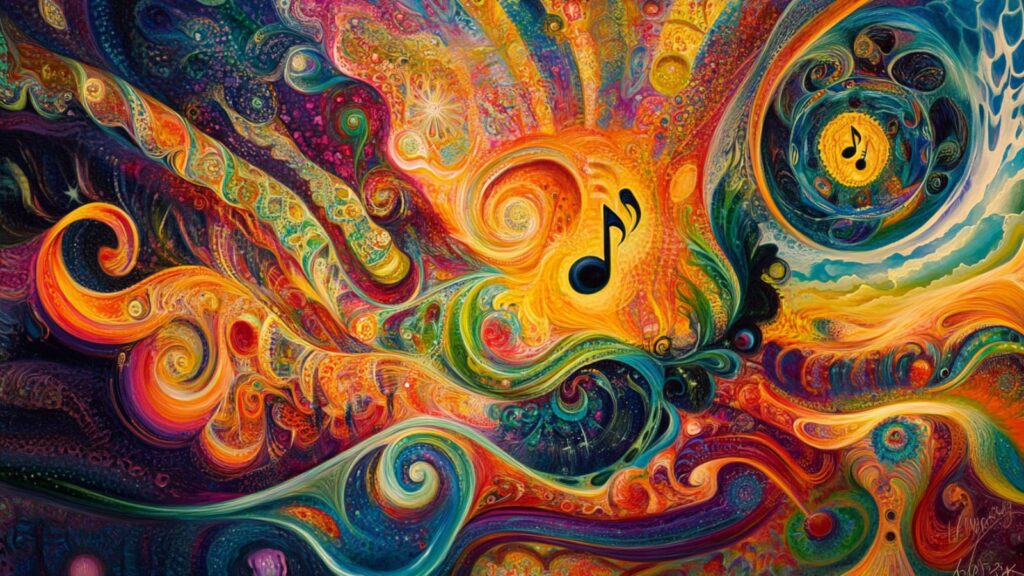About a year ago, I started riding a fixed-gear bicycle. This is a type of bicycle that has a direct connection between the front and rear
gears and the rear wheel, thereby ensuring that the pedals and the rear wheel are working in concert at all times so that the bike is unable to coast.
Given the extra work and hazards associated with such a vehicle, I'm
often asked why I ride one. What’s the appeal? Well, one of the reasons
that fixed-gears are so seductive is the direct connection one has to
the distance traveled and the control of the motion. No matter the
terrain or conditions, your body is always at work negotiating the
ride. You are directly connected to your environment.
Walking
to class the other day, I had the option of taking the elevator to
class on the seventh floor and then going to the climbing gym to climb
afterward. It struck me as odd that the two actions were so out of sync
with one another. Getting to a higher floor in one building and the act
of climbing up the wall in another were totally disassociated, even
though they were essentially the same act.
Rebecca Solnit (2001) addresses this disconnection in her book Wanderlust: A History of Walking:
"What
exactly is the nature of the transformation in which machines now pump
our water but we go to other machines to engage in the act of pumping,
not for the sake of our bodies, bodies theoretically liberated by
machine technology? Has something been lost when the relationship
between our muscles and our world vanishes, when the water is managed
by one machine and the muscles by another in two unconnected processes?"
(p.263)
We
drive cars to the gym to run miles on a treadmill. Inclement weather
notwithstanding, why don’t we just run down the street? The activities
are disconnected. If our culture is essentially technology-driven –even
if this reliance is a “decaying myth, an ideology superimposed on
technology,” as Rem Koolhaas contends — then what kind of culture
emerges from such disconnections between our physical goals and our
technologically enabled activities?
Technology
curates culture. As such, the alienation we feel from our
technologically mediated “all-at-once-ness” (as McLuhan called it)
comes from a disconnection between physical goals and technology’s
“help” in easing our workload.
“For
a list of all the ways technology has failed to improve the quality of
life,” Alice Kahn once quipped, “please press three.” I’m not
anti-technology, but I have been trying to grasp what our devices are
doing to us, as well as the relationship between technology, culture,
and people. Our devices are often divisive.
In his book 2012: The Return of Queztalcoatl,
Daniel Pinchbeck (2006) evokes Carl Jung’s idea of the “shadow” of the
psyche, saying that a lot of what we’re seeing in the negative aspects
and uses of technology is the projection of the shadow that we’ve
failed to integrate into our collective psyche. He goes on to say that
if this projection is resolved, technology could aid in the
transformation of global consciousness, a shift from Marshall McLuhan’s
“Global Village” to Teilhard de Chardin’s “Noosphere,” wherein everyone
online merges into one collective consciousness.
That said, there are two types of disconnection at work here: one
between ourselves and our environment (e.g., pumping water vs. pumping
iron) and one between ourselves and each other (e.g., individual
distraction vs. global connection) with technology wedged in between in
both cases.
The
digital revolution is sparking an altogether different strain of
separation. We’re losing something in our latest move from atoms to
bits. Something big. Something we’ll miss later.
Choosing
the difference is one thing (i.e., preferring to shop online,
downloading MP3s, buying a Kindle, etc.). Having it forced upon us is
another. With the latest involuntary seismic shifts in media — the
disintegration of the CD market and subsequent closing of retail
outlets, the shrinking of magazines and nodding off of newspapers — the
changes are now coming without choices.
Yes,
I realize that we’ve made these choices in an Adam Smith, “invisible
hand” kind of way, but one wonders where these changes will leave us. The
prediction of the death of print media has been on the books since
TCP/IP, but now that it finally has a body count, panic is around every
corner.
In his book On Writing (Pocket,
2001), Stephen King urges aspiring writers to turn off their
televisions, writing, “Once weaned from the ephemeral craving for TV,
most people will find that they enjoy the time they spend reading. I’d
like to suggest that turning off that endlessly quacking box is apt to
improve the quality of your life and the quality of your writing." By
not owning a TV I can honestly say I get more done without it around
(it’s on at my parents’ house whenever anyone is awake). But as Steve
Jobs once observed, the two experiences are fundamentally disconnected:
We do some things to turn on, and we do others to turn off.
Part
of the distinction between types of media is a simple difference
between the ways to display certain types of information. Think of an
analog gauge versus a digital one. Neither is inherently better than
the other. Their value depends on what information you want from them.
An analog display is better at showing progress or a difference between
values, whereas a digital display is more accurate at a glance. Now
think about this difference in the context of storytelling, between a
book and a movie. It’s not the whole story, but it’s part of it.
I’m
not worried about the newspapers. I haven’t read a newspaper in years.
I’m more worried about choice. When Jeff Bezos left Wall Street for
Seattle to start Amazon.com, he picked books because when making a
decision to purchase a book online and in a store, you can get roughly
the same information. That is, you don’t have to try on a book before
you buy it. This insight was Bezos’ one bit of genius, but it was also
one of the initial ruptures in the latest stage of the evolution of our
relationship with our externalized knowledge.
We’ve
been externalizing our knowledge since we started speaking and writing
on cave walls, but it wasn't until much more recently, as James Carey
(1988) pointed out, that the invention of the telegraph established a
major watershed. It separated communication (and thereby information)
from transportation. It made information a commodity, a resource not
tethered to the physical world. The internet only extended and
solidified the transition.
There
are several trajectories here, but the main thing I want to point out
here is just that: the multifaceted influence of technological
mediation. Every change has unintended consequences, and we lose
something with every gain. These changes are neither good nor bad, but
we should be mindful that they’re happening.
Resolving
these dangling disconnections is not a one-shot state of being but a
part of an ongoing process, one that will play out until the earth no
longer supports us, and one that might not end up with all of our minds
magically melded into one. Thankfully we have choices. We can take the
stairs, run outside, talk to someone new. We can dig in the racks,
browse the shelves, and read magazines — as long as they’re around. We
can do the opposite of what we would normally do. We can find the
balance to corrupt the balance to find the limits. Lather. Rinse.
Repeat. Proceed.
References:
Carey, J. (1988). Communication as culture. New York: Routledge.
Cringely, R. X. (1996). “Triumph of the Nerds: The Rise of Accidental Empires.” New York: Public Broadcasting System.
King, S. (2001). On writing: A memoir of the craft. New York: Pocket Books.
Koolhaas, R. (1995). S, M, L, XL. New York: Monacelli Press.
Pinchbeck, D. (2007). 2012: The return of Quetzalcoatl. New York: Tarcher/Penguin.
Solnit, R. (2001). Wanderlust: A history of walking. New York: Penguin.













